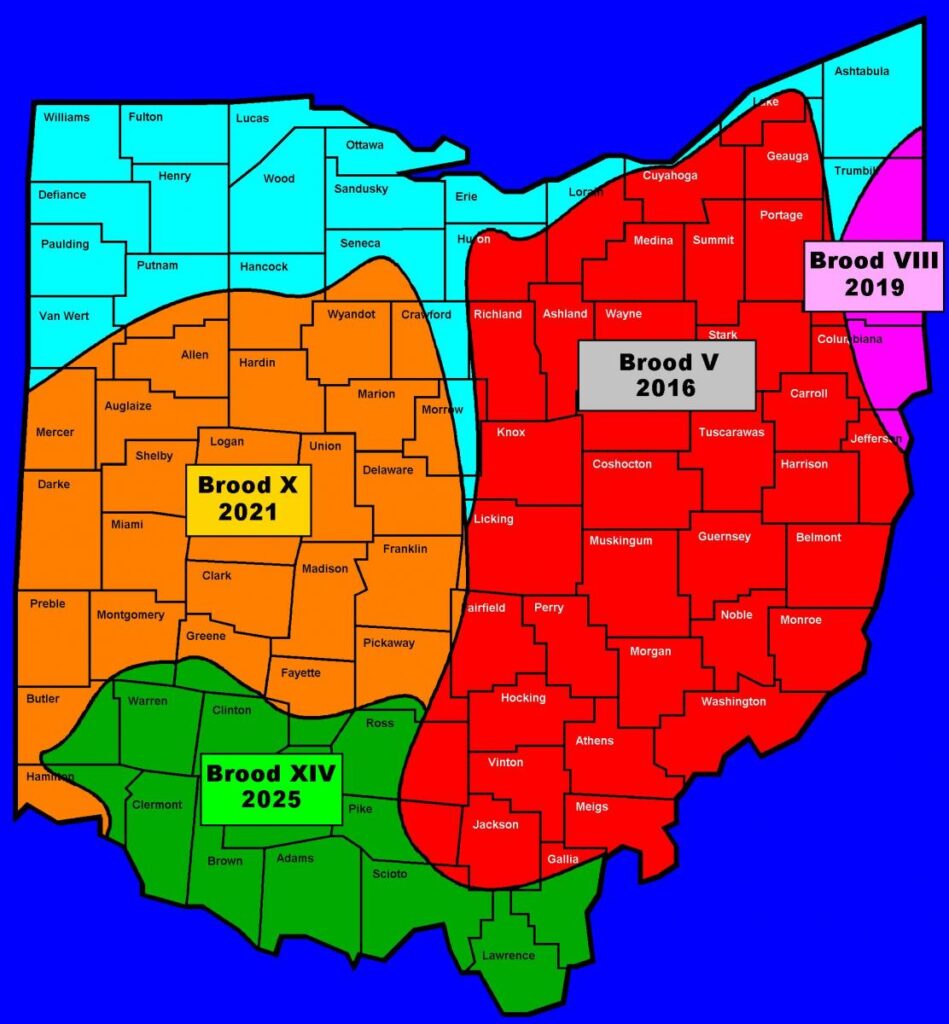Presented By McDonalds, I’m Lovin’ It!
2021 is the year for the next appearance of the 17 Year Periodical Cicada.
Massive brood emergence, usually in May and early June, is believed to overwhelm predators, typically birds. This ensures that enough survivors will be left behind to reproduce. Male cicadas are capable of making a loud buzzing noise, and they squawk when disturbed. The males often synchronize their buzzing in trees. Within each brood there are four or more species. Each species has a different call. It is believed that such droning and squawking is effective in deterring predators.
Annual cicadas usually emerge from June through August. Their emergence is scattered over this time, and they rarely emerge in noticeable numbers. Annual cicada males also sing to attract females. The cicada killer wasp often captures these insects to provision its nest in the ground.

Periodical cicadas damage trees above and below ground. The most obvious damage is that caused by egg-laying in small twigs. This damage causes twigs to split, wither and die, causing a symptom called “flagging.” Flagging is especially serious on young plants (four years or younger) because more of the branches are of the preferred size for oviposition, ¼- to ½-inch in diameter. Some of the more favored trees for oviposition include maple, oak, hickory, beech, ash, dogwood, hawthorn, magnolia, willow, apple, peach, cherry and pear. Flowers, vines and shrubs include Rose of Sharon, rose, raspberry, grape, black-eyed Susan, hollies, spirea, rhododendron, viburnum, junipers and arborvitae. More than 270 species of plants have been noted as hosts for egg-laying periodical cicadas.
For more information on this year’s cicada emergence in the region, go to our link to the Ohio State University College Of Food, Agricultural and Environmental Sciences website. CLICK HERE…



More Stories
Waverly Students Win FBP Diversity Council Art Contest
Longtime SPVMHC Board Member Honored As Rulon Center Celebrates 5th Anniversary
Local Man Appointed Ohio Volunteer Service Coordinator